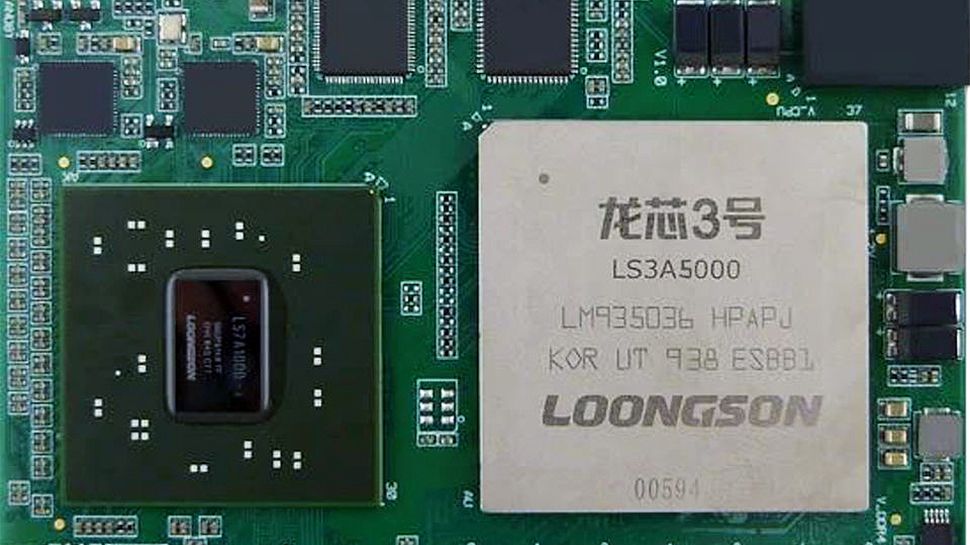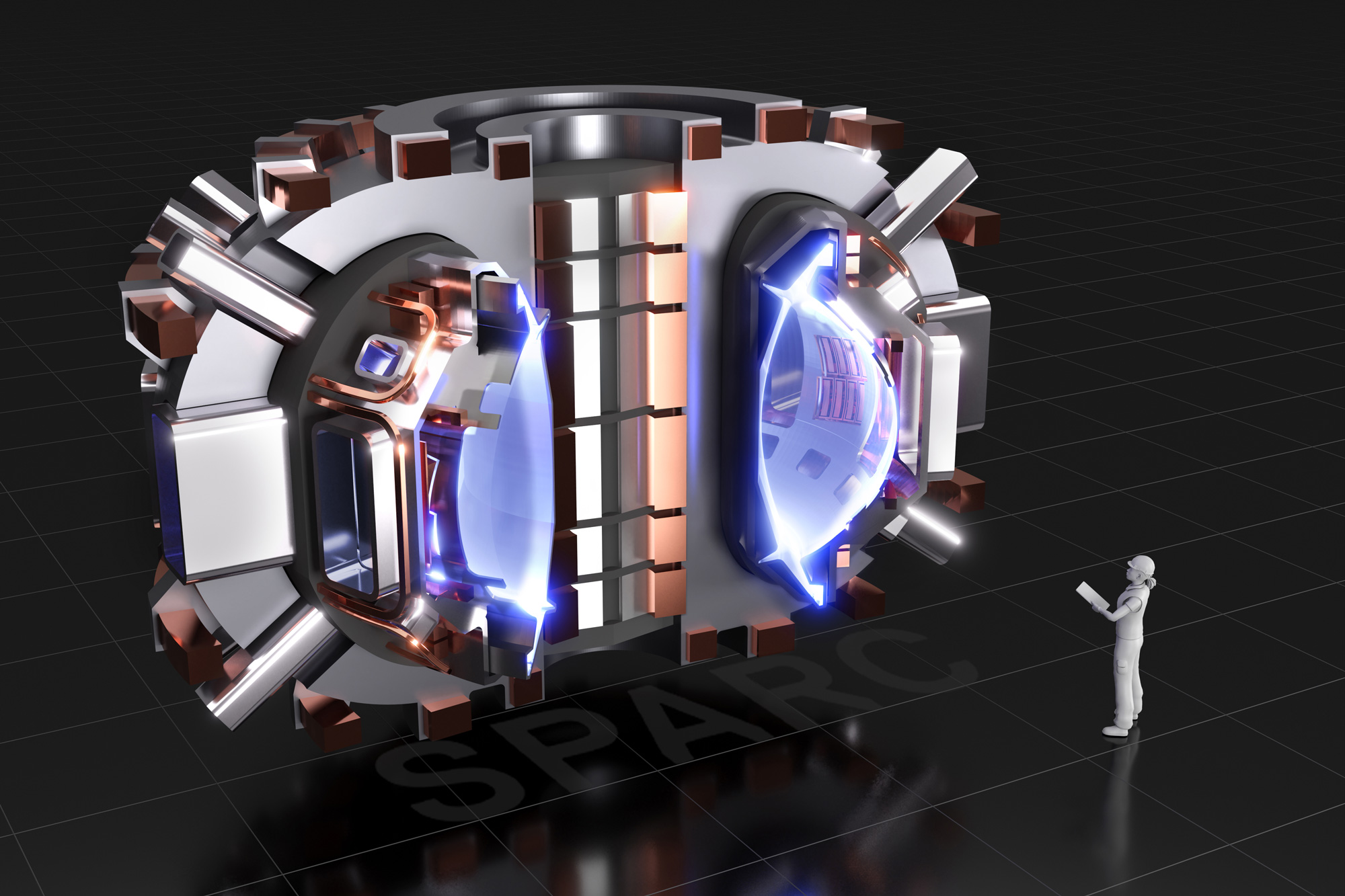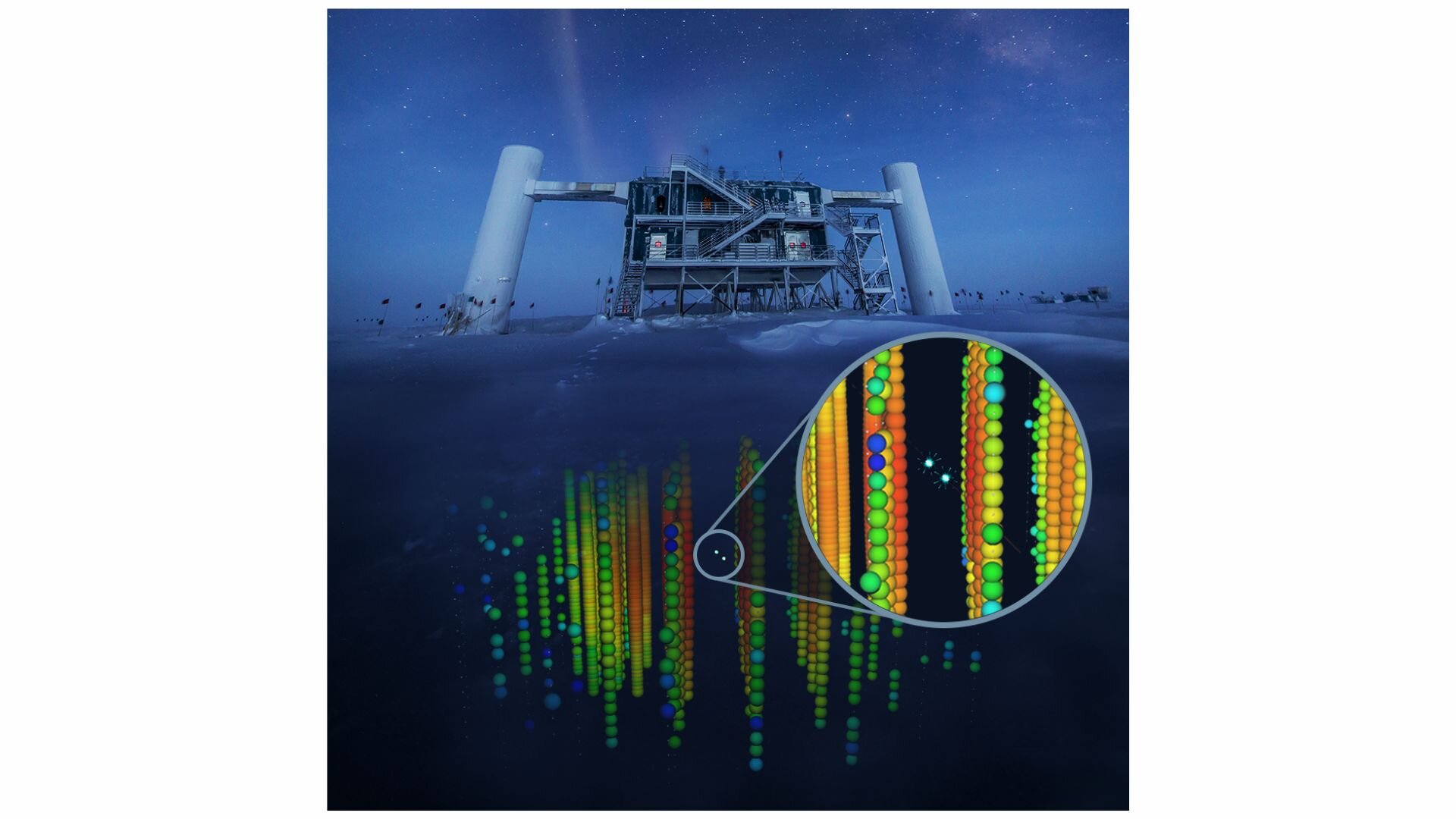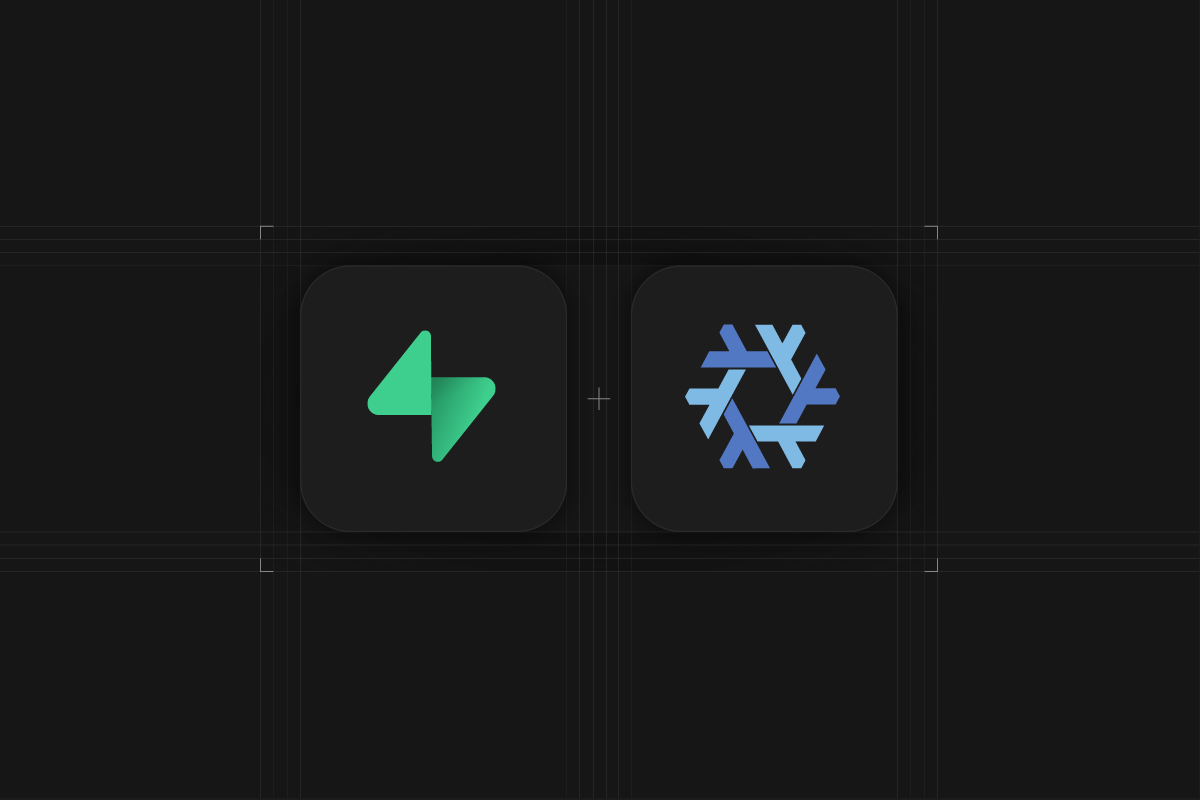Multi-generational LRU: the next generation
Welcome to LWN.net The following subscription-only content has been made available to you by an LWN subscriber. Thousands of subscribers depend on LWN for the best news from the Linux and free software communities. If you enjoy this article, please consider subscribing to LWN. Thank you for visiting LWN.net!
The following subscription-only content has been made available to you by an LWN subscriber. Thousands of subscribers depend on LWN for the best news from the Linux and free software communities. If you enjoy this article, please consider subscribing to LWN. Thank you for visiting LWN.net!
By Jonathan Corbet May 24, 2021 The multi-generational LRU patch set is a significant reworking of the kernel's memory-management subsystem that promises better performance for a number of workloads; it was covered here in April. Since then, two new versions of that work have been released by developer Yu Zhao, with version 3 being posted on May 20. Some significant changes have been made since the original post, so another look is in order.
As a quick refresher: current kernels maintain two least-recently-used (LRU) lists to track pages of memory, called the "active" and "inactive" lists. The former contains pages thought to be in active use, while the latter holds pages that are thought to be unused and available to be reclaimed for other uses; a fair amount of effort goes into deciding when to move pages between the two lists. The multi-generational LRU generalizes that concept into multiple generations, allowing pages to be in a state between "likely to be active" and "likely to be unused". Pages move from older to newer generations when they are accessed; when memory is needed pages are reclaimed from the oldest generation. Generations age over time, with new generations being created as the oldest ones are fully reclaimed.





















